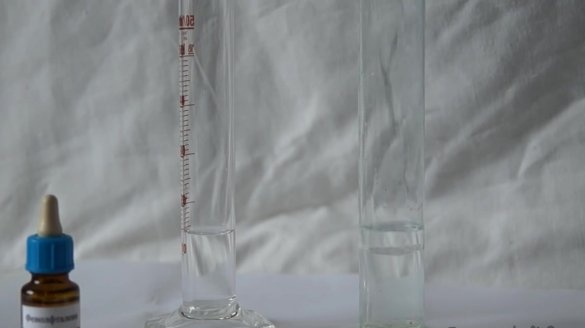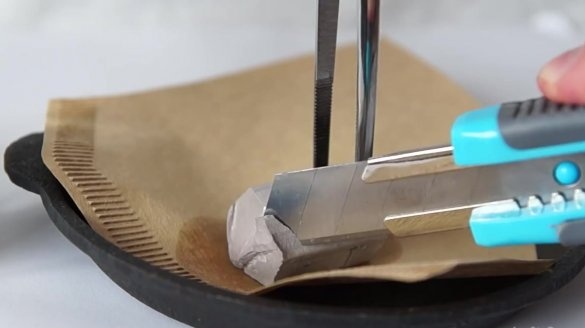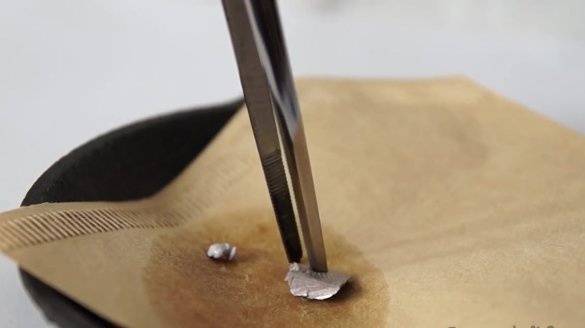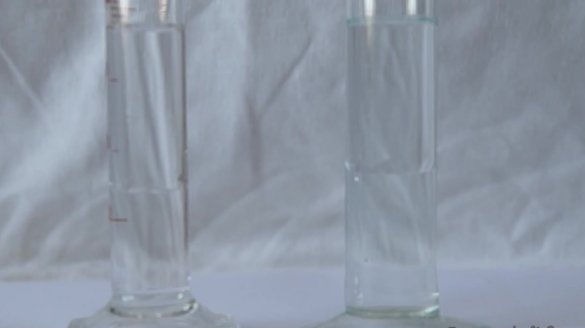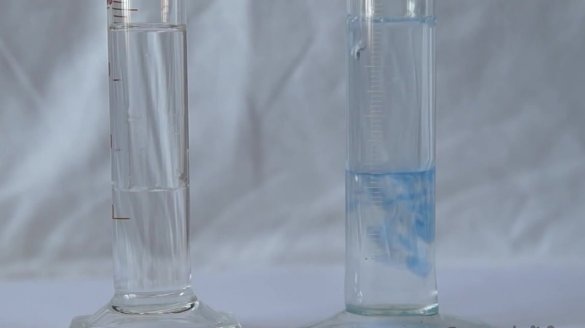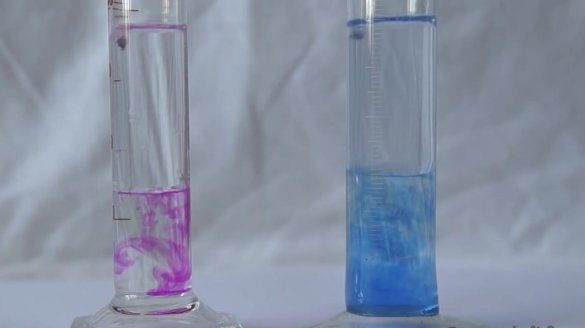Few do chemistry, but everyone is interested in it. This is due to the fact that almost every chemical reaction is the creation of something new, and a person is always interested in the creation process. Therefore, we decided to devote a series of articles to chemistry and chemical experiments, during which we will receive a variety of substances whose properties will fascinate and attract not only with their beauty, but also with cognition. We note immediately that the experiments that will be presented in this and subsequent materials must be repeated with sufficient knowledge in this area, relevant skills and equipment.
We suggest that you familiarize yourself with the material for producing jumping sodium, and then repeat this experiment with us
So what we need:
- two graduated cylinders (you can use one);
- metallic sodium;
- indicators (thymolphthalein or phenolphthalein)
- ordinary water;
- kerosene or gasoline.
To begin with, we will prepare a graduated cylinder in which we will conduct our experiment. Since the author of the experiment uses two cylinders, it is necessary to pour 15 ml of water into each of them.
Next, add a drop of indicator to the water.
After that, add about 20 ml of kerosene or gasoline. Since the density of kerosene and gasoline is different from the density of water, they will float on the surface of the water, and we will form two layers of immiscible liquids.
Next, take a piece of metallic sodium, about the size of a pea.
And now you can go directly to the experiment itself. Throw a piece of sodium into each of the pre-cooked cylinders. In this case, we can observe a very interesting effect.
First, sodium passes through a layer of kerosene, with which it does not react. However, he should come in contact with a layer of water, as a violent reaction begins, in which hydrogen and sodium hydroxide are released. Sodium hydroxide changes the PH of the lower liquid layer. Indicators respond to this change by coloring the lower liquid in a specific color: for example, phenolphthalein is purple and thymolphthalein is blue. A piece of sodium at the same time begins to constantly bounce due to the evolution of hydrogen.
If desired, you can repeat this experiment using other indicators and two or three pieces of sodium at once.



